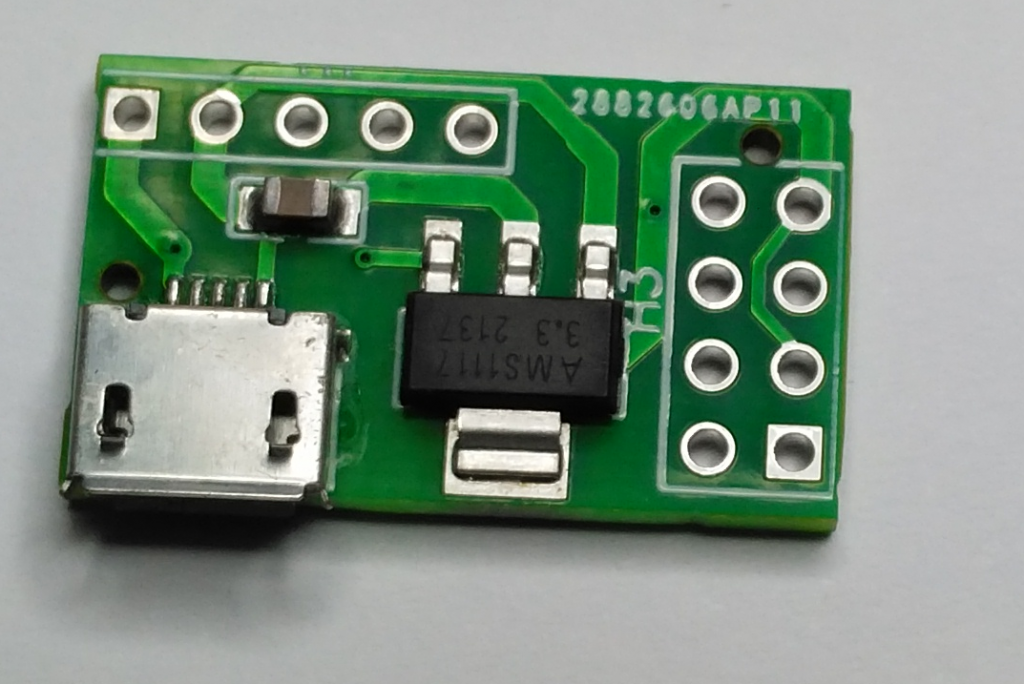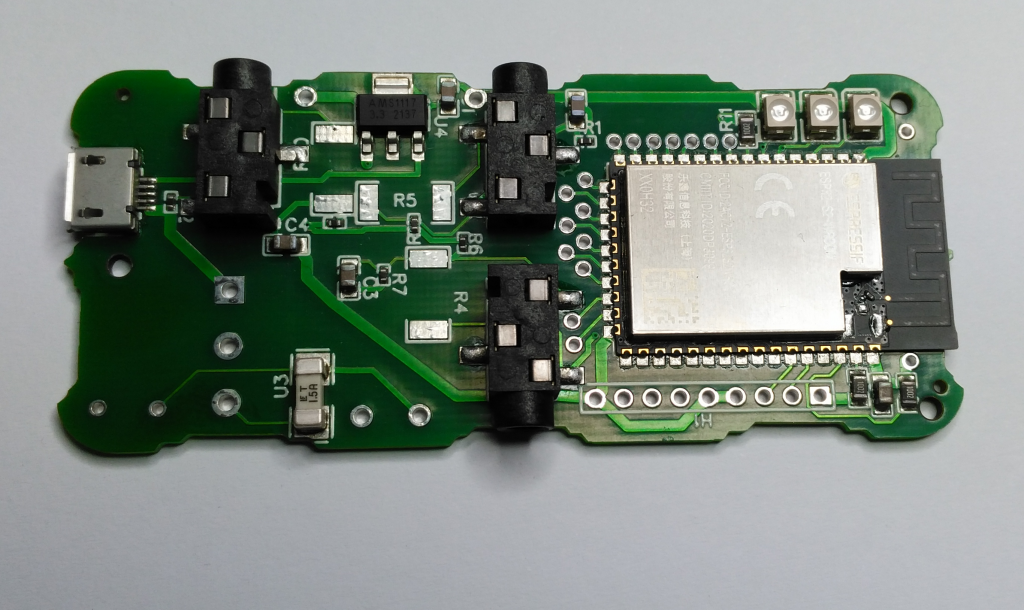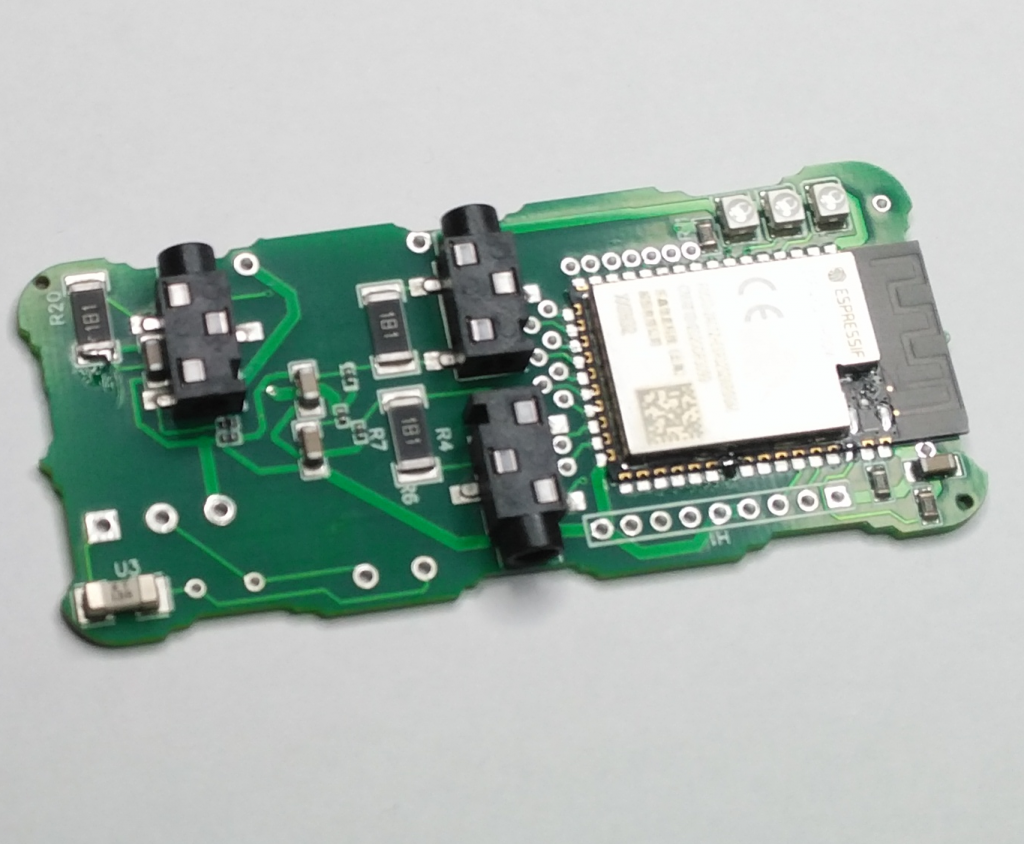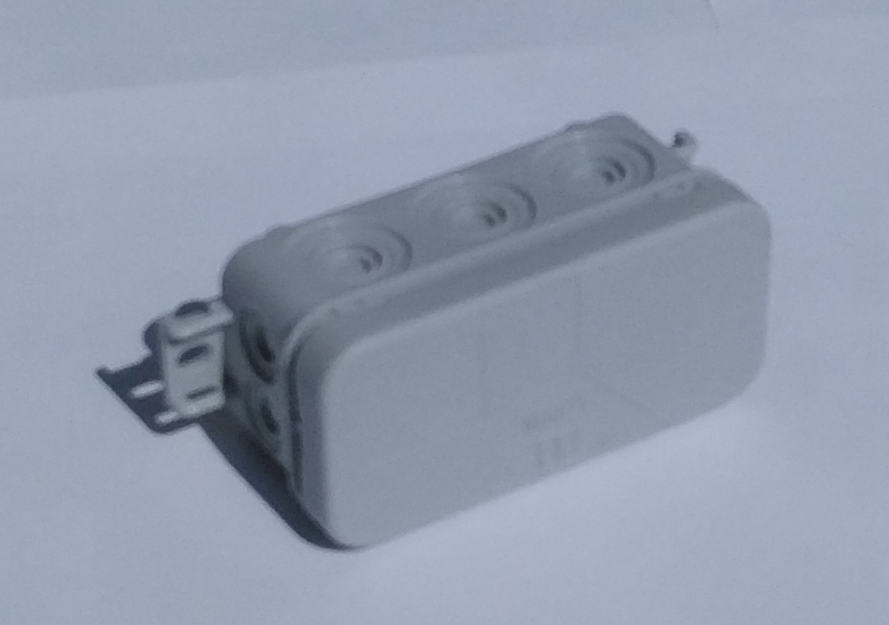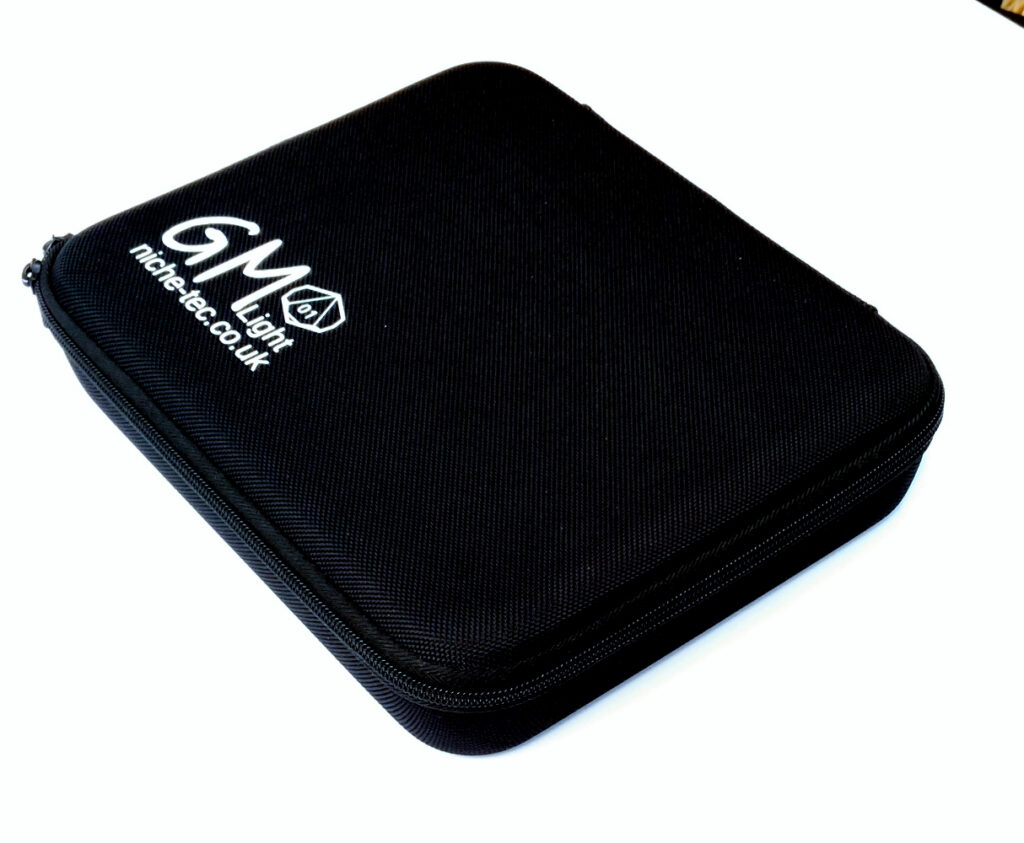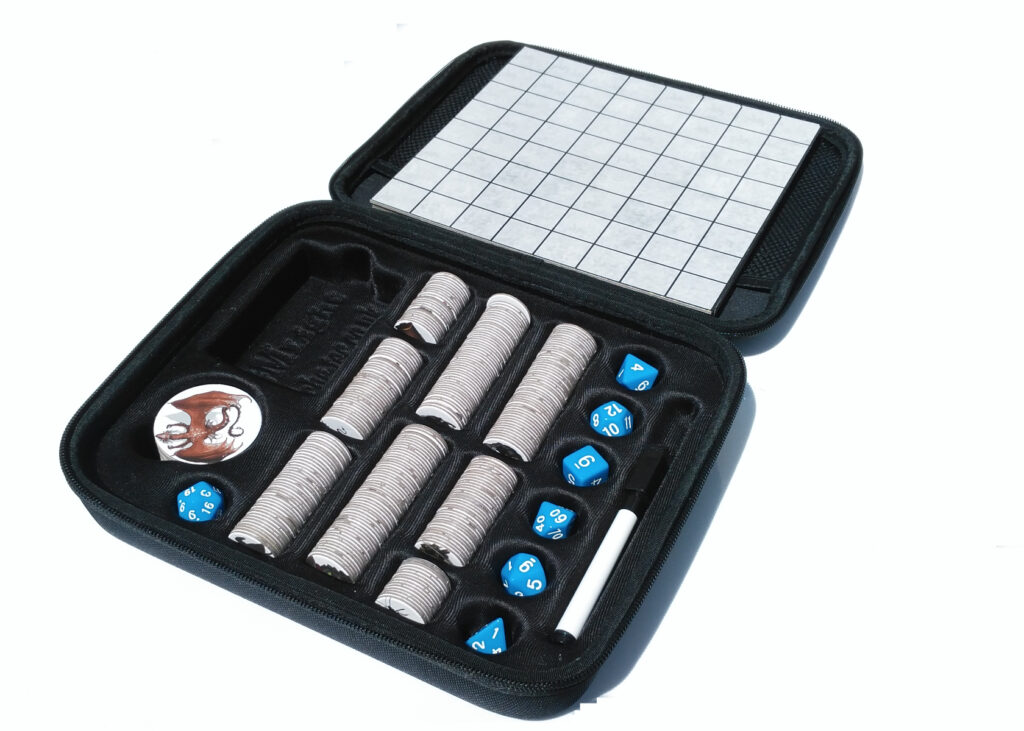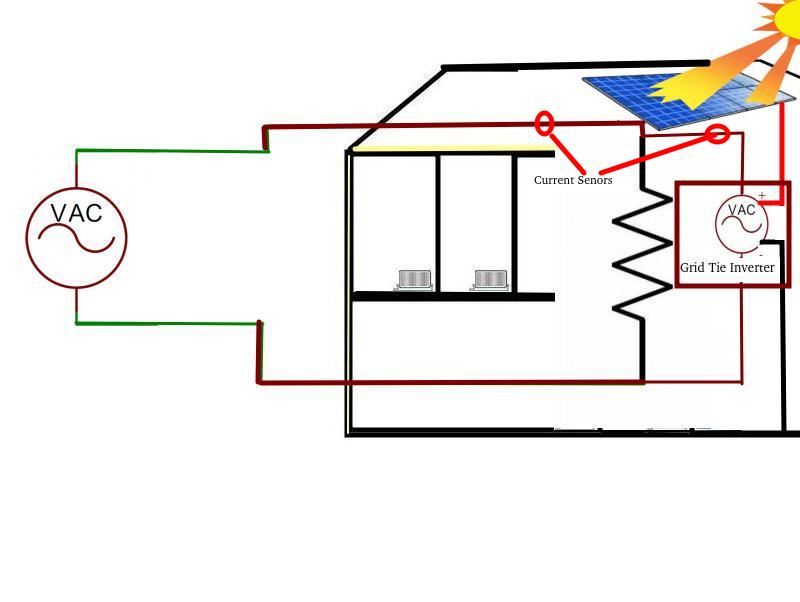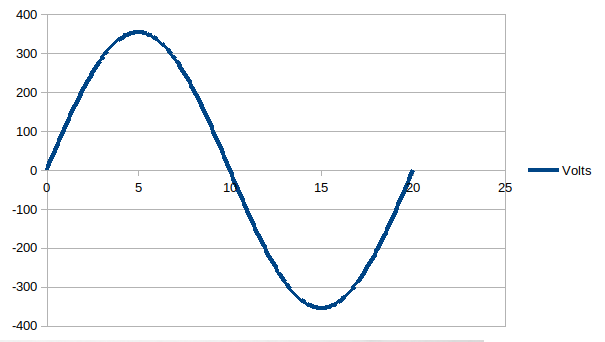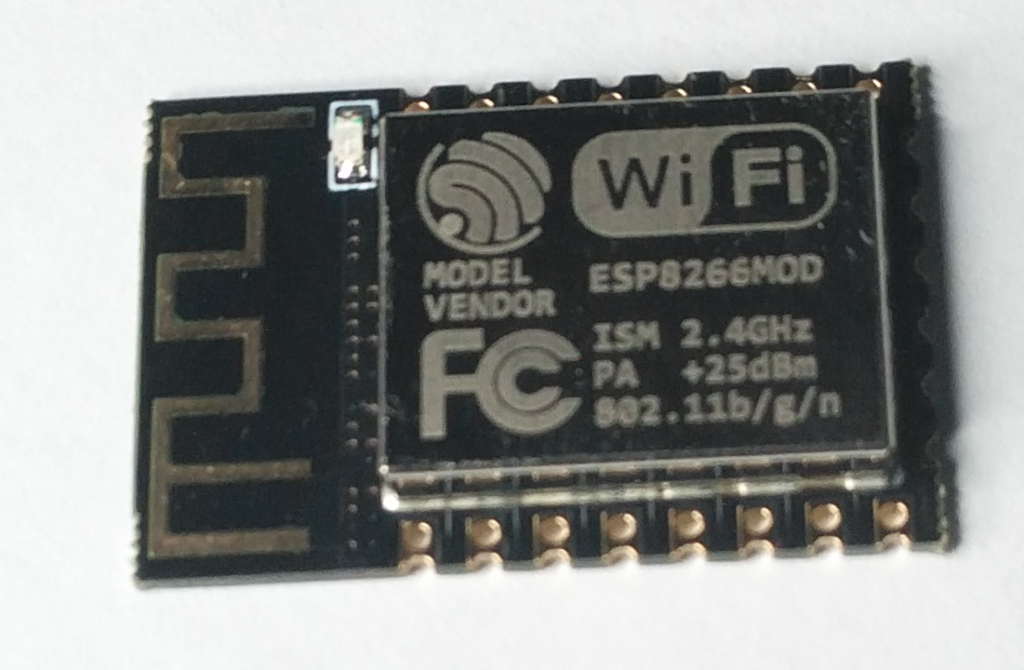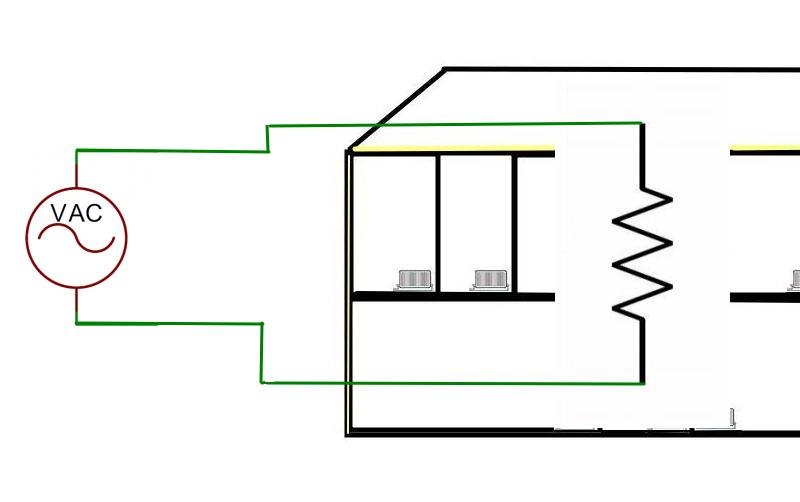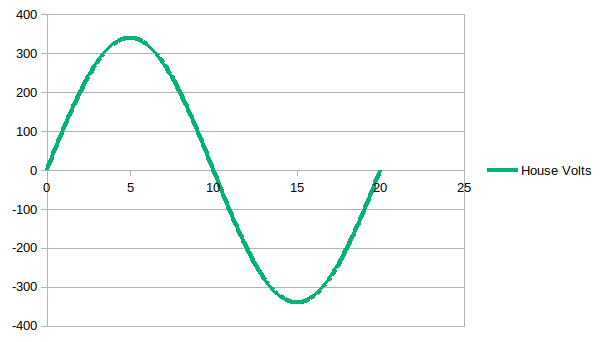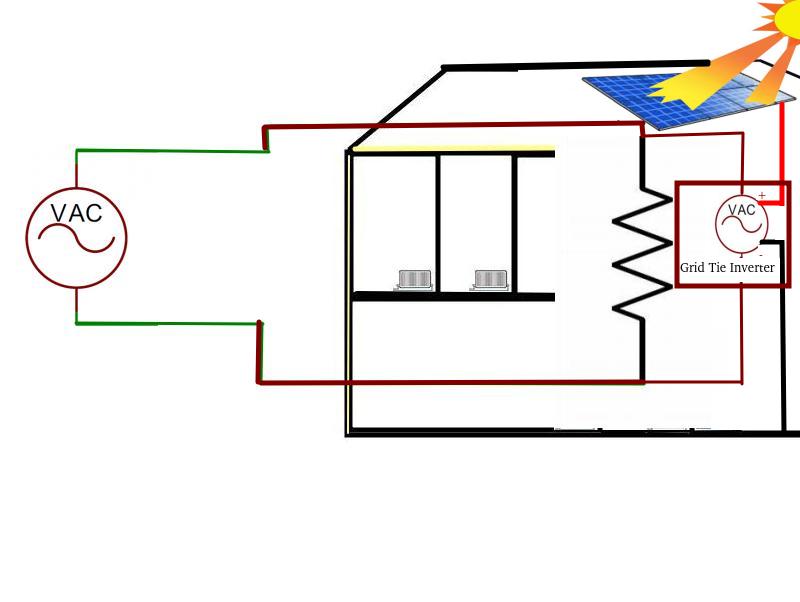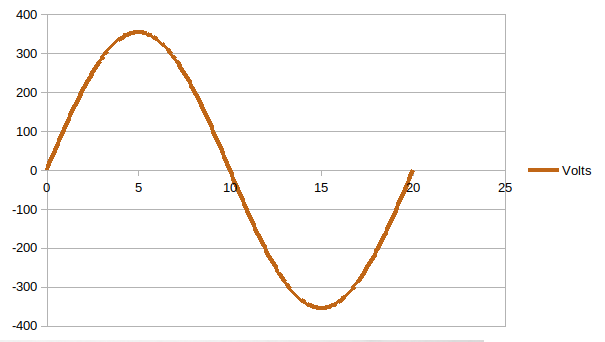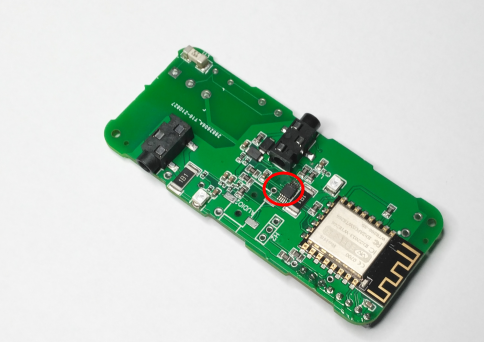OK the poll is now closed. We asked 12 of the most popular Facebook RPG Groups “What TTRPG (Table Top Role Playing Game) have you played in the last year ?” and the the results are shown below.
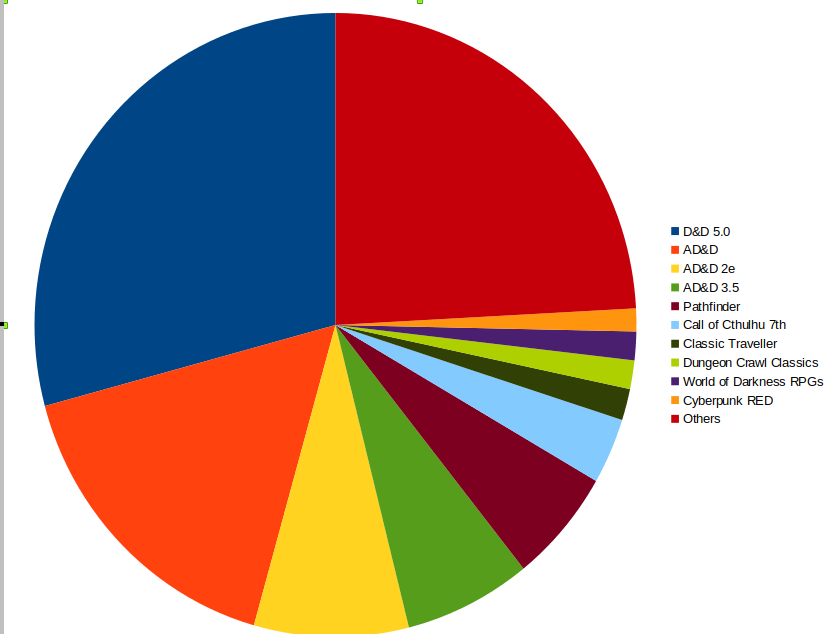
The most popular by far was D&D5e (Definitely the Cocoa Cola of RPGs The surprise was that AD&D still appears to be the 2nd most popular with 3.5,2e and Pathfinder being less prevalent. The next amazing revelation was the sheer number of RPGs that are played.
Our draw for the lucky winner of a GMLight Core will take place today and they will be informed via Facebook Messenger.
We would like to take this opportunity to wish everyone a happy and pandemic free new year.
